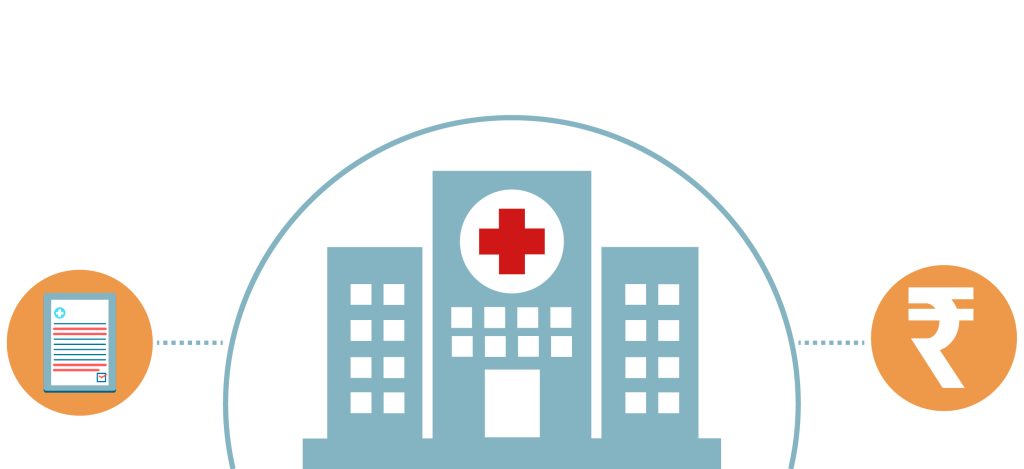Choosing the right health insurance is no longer optional—it’s essential. Rising medical costs and lifestyle-related illnesses make it critical to have a plan that truly protects you and your family. Here are seven practical tips to help you select the right policy without falling into common traps.
- Choose the Right Sum Insured

The sum insured is the maximum amount your insurer will cover in a policy year. Think of it as your financial shield against ever-rising hospital bills.
- In metro cities, routine surgeries can cost ₹2–5 lakh, while complex treatments may easily cross ₹10 lakh.
- For a family of four in a metro, consider at least ₹10–15 lakh coverage. In smaller towns, ₹5–10 lakh may suffice.
- Don’t cut corners with a low sum insured to save on premiums. With medical inflation running at 10–15% annually, today’s ₹3 lakh coverage may barely cover minor expenses a few years from now.
- Look Beyond the Claim Settlement Ratio

A high claim settlement ratio (CSR)—say, above 90%—is a strong indicator of reliability. But don’t stop there.
- Check how quickly insurers process cashless claims and whether they approve complex treatments like critical illnesses smoothly.
- Compare five-year CSR trends instead of just the latest year.
- Speak with advisors or check customer reviews for real-world insights—numbers alone don’t capture service quality.
At the end of the day, when you’re in a hospital bed, what matters is not the promise, but whether the insurer actually pays.
- Understand Pre-Existing Disease Waiting Periods

For conditions like diabetes, hypertension, or thyroid disorders, most insurers impose a waiting period of 2–4 years.
- If you’re currently healthy, buy insurance now—future diagnoses will mean waiting times and higher premiums.
- If you already have conditions, compare policies for shorter waiting periods or the option to pay extra to reduce them.
- Sometimes paying a slightly higher premium upfront is more economical than facing large out-of-pocket medical costs later.
- Don’t Overlook Maternity Benefits

Even if you’re not planning a family immediately, check if your policy includes maternity cover—because most plans have a 2–4 year waiting period before benefits kick in.
- Coverage usually includes prenatal check-ups, delivery costs, postnatal care, and newborn expenses (up to 90 days).
- Normal deliveries at private hospitals cost ₹50,000–₹1 lakh, while C-sections often range from ₹1–2 lakh.
- If parenthood is on the horizon in the next 5–7 years, maternity coverage can save you significant expenses.
- Check the Cashless Facility

A cashless facility means you don’t have to arrange money upfront—your insurer settles bills directly with the hospital.
- Instead of focusing on the total number of network hospitals, check whether reputed hospitals near your home and workplace are included.
- A policy boasting 10,000 hospitals nationwide won’t help if none are relevant to you.
- Many insurers now provide mobile pre-authorisation, making cashless approvals faster and smoother.
- Focus on the Quality of Network Hospitals

Coverage is only useful if the hospitals on the list provide quality care.
- Research whether the hospitals are well-equipped, have specialists on call, and enjoy a strong reputation.
- Some insurers prioritise quality chains, while others just focus on quantity.
- Given a choice, it’s better to have access to fewer but high-quality hospitals than a large network of mediocre ones.
- Add Critical Illness Cover

Regular health insurance pays for treatment, but what about income loss if you’re diagnosed with a serious illness? That’s where critical illness cover comes in.
- It provides a lump-sum payout on diagnosis of conditions like cancer, heart disease, or kidney failure.
- This payout can help you cover EMIs, children’s education, or daily expenses while you recover.
- Ideally, coverage should equal 5–10 times your annual income, and the policy should include at least 15–20 critical illnesses.
Final Word
The best health insurance plan is one that balances affordability with comprehensive protection. By evaluating these seven aspects carefully—sum insured, claims record, waiting periods, maternity cover, cashless access, hospital quality, and critical illness add-ons—you’ll be far better placed to safeguard your family’s health and financial security.

